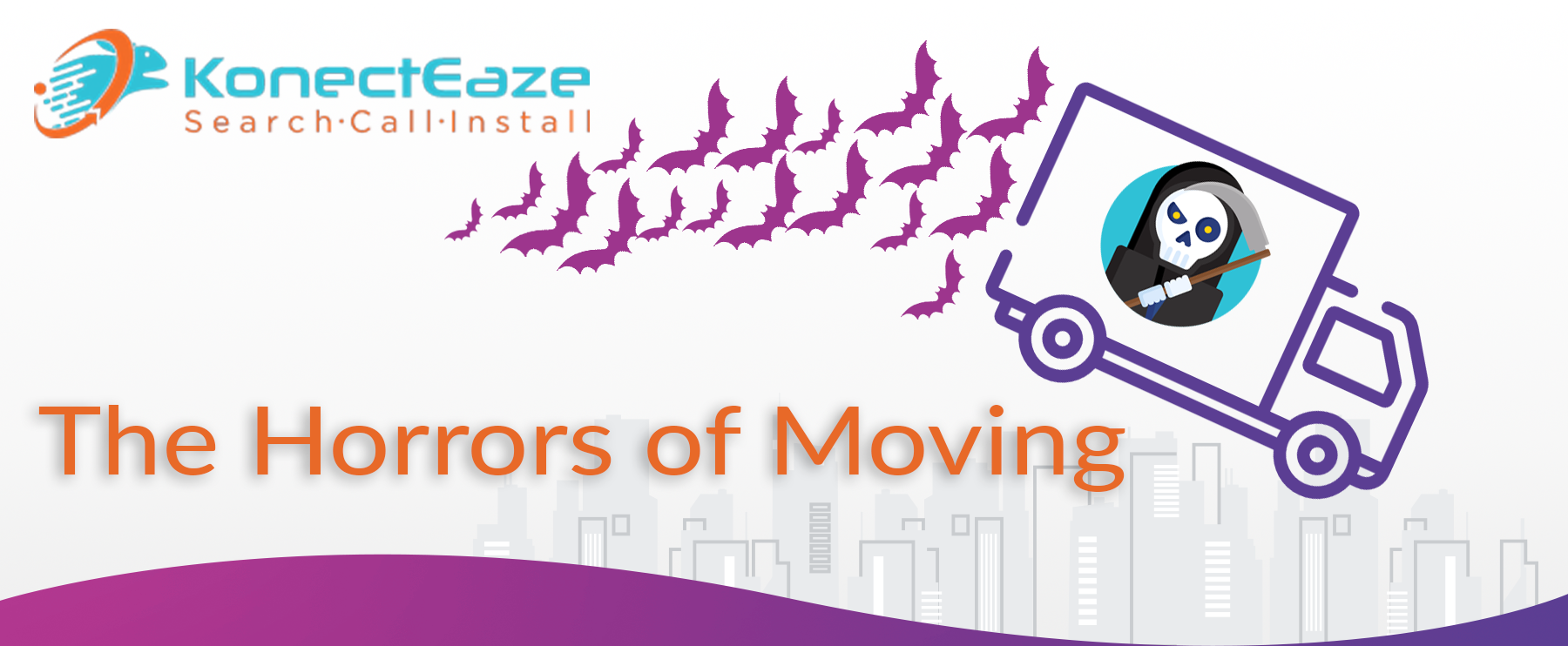Low-Income Households Drop Internet Service After Congress Ends Discount Program
The end of the Affordable Connectivity Program has left low-income households struggling to afford internet service. Discover how this decision widens the digital divide and what steps affected families can take to stay connected.

Low-Income Households Drop Internet Access After Discount Program Ends: What You Need to Know
Thousands of low-income households are struggling to maintain internet access following the end of the federal Affordable Connectivity Program (ACP). The ACP provided significant discounts for internet services, helping bridge the digital divide for millions of Americans. However, with the recent expiration of this program, many households can no longer afford basic connectivity, threatening to widen the digital divide in 2024.
What Happened to the Discount Program?
The Affordable Connectivity Program (ACP) offered subsidies for low-income families, covering up to $30 per month towards internet services. This program was instrumental in ensuring that economically disadvantaged households could stay connected during the pandemic and beyond. However, with funding running out, the program ended, leaving many families without the financial support they depended on to maintain their internet access.
This shift has led to a significant increase in households dropping their internet subscriptions, making it more challenging for children to access online education, adults to work remotely, or individuals to access essential services. This change has a substantial impact, especially in rural and underserved communities.
How This Impacts Low-Income Families
Without the ACP, the cost of maintaining an internet connection becomes unsustainable for many low-income families. The lack of affordable internet options affects everything from education to employment. Children are losing access to online learning resources, and adults are unable to work from home or even search for jobs effectively. The digital divide is once again widening, disproportionately affecting those who can least afford to be left behind.
For families already struggling, the end of the discount program puts them at risk of being further marginalized in an increasingly digital world. The inability to stay connected could mean limited access to healthcare resources, banking services, and other essential tools for everyday life. For more information on how economic pressures are affecting access to essential services, read our Navigating the Challenges and Opportunities in the Telecom Sector.
Alternative Options to Stay Connected
Despite the end of the ACP, there are still several ways for low-income families to maintain affordable internet access:
- Low-Cost Internet Plans: Many internet service providers (ISPs) offer low-cost plans specifically designed for low-income families. For example, providers like Comcast Xfinity and Spectrum have affordable options such as Internet Essentials.
- Local Community Programs: Various non-profits and local government initiatives are providing free or low-cost internet to underserved areas. Community centers and libraries are often great places to inquire about available resources.
- Hotspot Lending Programs: Some schools and libraries offer portable hotspots that families can borrow. These hotspots provide a temporary solution for those needing internet access for essential activities like school or job searching.
How You Can Advocate for Affordable Internet
If you’re affected by the discontinuation of the ACP or know someone who is, here are some ways to help ensure affordable internet remains available to everyone:
- Contact Local Representatives: Let your elected officials know that affordable internet access is an essential service. Request that they support legislation that would bring back or replace programs like the ACP.
- Support Community Organizations: Many local organizations are fighting to bridge the digital divide. Supporting them through donations or volunteer work can make a significant impact in ensuring everyone has access to the internet.
- Stay Informed: Keep up-to-date on new initiatives and available programs. Organizations like EveryoneOn and the FCC frequently post updates about new ways to access discounted internet services.
Moving Forward: Bridging the Digital Divide
Access to the internet is no longer a luxury—it is a necessity. From online education to remote work, internet connectivity plays a vital role in modern life. The discontinuation of the ACP highlights the need for sustainable, long-term solutions to ensure that every household, regardless of income, can stay connected. Policymakers, ISPs, and communities must work together to develop innovative solutions to prevent low-income families from being left behind in the digital age.
Learn more about current initiatives and explore which ISPs might be best for your needs to stay connected in an affordable way.




